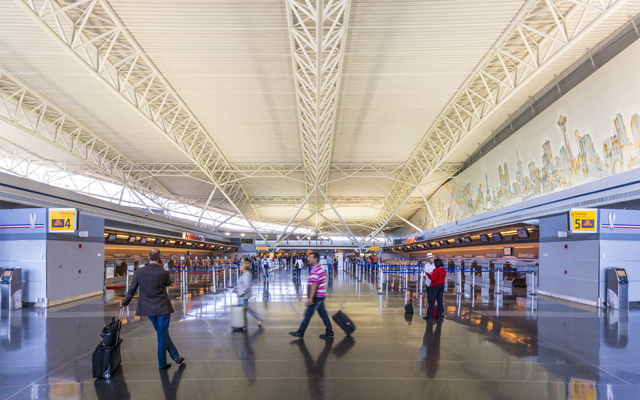
The number of tourists arriving in the US from Asia-Pacific fell by 3.2% last year, according to latest findings from ForwardKeys, which predicts future travel patterns by analysing 17 million flight booking transactions a day.
The Kilauea volcano eruption in Hawaii, a top destination for Japanese travellers to the US, contributed to a drop in US-bound tourism in the second half of 2018. In addition, the number of Chinese visitors to the US during the year remained flat amid the ongoing trade war between the two countries.

Asia-Pacific represents a 20% market share of US inbound travel.
On the plus-side, the ForwardKeys figures show a 3.2% increase in European visitors to the US compared with 2017, representing a 38% market share. But German tourists stayed away, down 8.7% on 2017.
Overall, total international tourist arrivals in the US in 2018 showed very modest growth, up 1% on the previous year.

The European nations leading the tourism growth are Ireland (+14.1%), Spain (+11.8%) and Italy (+10.5%). Elsewhere, Brazil (+12.8%) and Colombia (+10.3%) helped account for a 1.3% growth from the Americas.
New York City consolidated its position as the top US destination for international travellers, up 2.1%. The North-east as whole grew by 2.8%. Fort Lauderdale, in the South, and Detroit, in the Midwest, were the fastest-growing destinations, up 12.8% and 12.5% respectively.




















